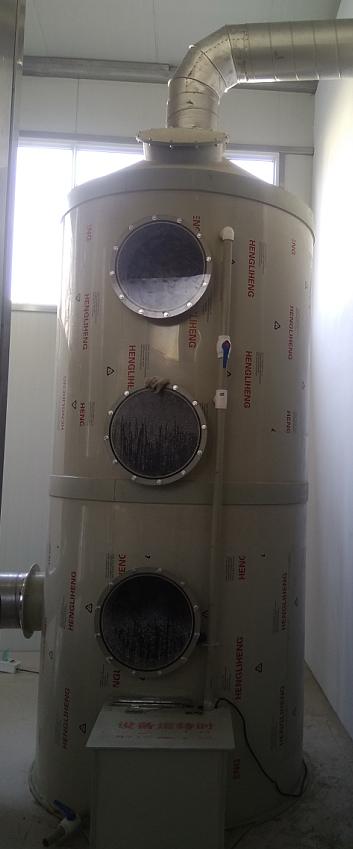Custom Cable Thermal Testing Environment for Optimal Performance Evaluation
Custom Cable Burning Test Chamber Ensuring Safety and Reliability
In the field of electrical engineering, the safety and reliability of cables are paramount. Custom cable burning test chambers have emerged as an essential tool for manufacturers and engineers to assess the fire performance of various types of cables. These chambers are designed to simulate real-world conditions under which cables might be subject to flames, heat, and other factors that could lead to ignition or propagation of fire. Understanding the role and significance of custom cable burning test chambers is crucial for manufacturers aiming to produce safe and durable products.
The Importance of Cable Testing
Cables are fundamental components in a vast array of applications, from residential wiring to industrial systems. They are the lifelines of electrical systems, and any failure can result in catastrophic events, including fires. Therefore, evaluating the fire-resistance characteristics of cables is critical. The performance of a cable during a fire can determine not only the integrity of the electrical system but also the safety of personnel and property.
Components of a Custom Cable Burning Test Chamber
A custom cable burning test chamber is designed to meet specific testing requirements based on the types of cables being evaluated. These chambers usually include several key components
1. Controlled Environment The chamber provides a controlled environment where variables such as temperature, humidity, and airflow can be accurately regulated.
2. Heat Source This includes controlled burners or heating elements that can mimic the conditions found in real fire scenarios. The intensity and duration of the heat can be adjusted according to specific test standards.
3. Measurement Instruments Various sensors and instruments are installed to measure critical data during the burn test. These can include thermocouples for temperature readings, smoke detectors, and gas analyzers to monitor emissions from the burning cable.
custom cable burning test chamber

4. Safety Features Since the testing process involves high temperatures and potentially hazardous conditions, safety features such as fire suppression systems and ventilation mechanisms are crucial to protect personnel and the facility.
Testing Standards and Protocols
Testing with a custom cable burning test chamber often follows specific industry standards. These standards dictate various parameters such as the sample size, test duration, and acceptable performance metrics. Common standards include the National Fire Protection Association (NFPA) and Underwriters Laboratories (UL) guidelines, which outline procedures for assessing flame propagation, smoke density, and toxicity of emissions.
By aligning testing protocols with recognized standards, manufacturers can ensure that their products not only comply with regulations but also meet the expectations of consumers and regulatory bodies.
Benefits of Custom Test Chambers
One of the significant advantages of employing a custom cable burning test chamber is the ability to tailor testing parameters to specific needs. Manufacturers can simulate different environmental conditions, such as varying levels of insulation or types of conductors, to observe how these variations affect fire behavior.
Additionally, custom chambers can enhance efficiency in the product development cycle. By conducting thorough tests early in the design phase, companies can identify potential issues and rectify them before mass production. This proactive approach not only saves costs but also minimizes the risk of product recalls and legal liabilities.
Conclusion
As the demand for reliable and safe electrical systems continues to grow, the role of custom cable burning test chambers becomes increasingly crucial. These facilities provide a controlled environment to rigorously evaluate cable performance under fire conditions. By employing these advanced testing technologies, manufacturers can ensure their products meet safety standards and deliver peace of mind to end-users. Ultimately, the investment in such testing infrastructure represents a commitment to safety, quality, and innovation in the electrical industry.
-
Why the Conductor Resistance Constant Temperature Measurement Machine Redefines Precision
NewsJun.20,2025
-
Reliable Testing Starts Here: Why the High Insulation Resistance Measuring Instrument Is a Must-Have
NewsJun.20,2025
-
Flexible Cable Flexing Test Equipment: The Precision Standard for Cable Durability and Performance Testing
NewsJun.20,2025
-
Digital Measurement Projector: Precision Visualization for Modern Manufacturing
NewsJun.20,2025
-
Computer Control Electronic Tensile Tester: Precision and Power for the Modern Metal Industry
NewsJun.20,2025
-
Cable Spark Tester: Your Ultimate Insulation Assurance for Wire and Cable Testing
NewsJun.20,2025
 Copyright © 2025 Hebei Fangyuan Instrument & Equipment Co.,Ltd. All Rights Reserved. Sitemap | Privacy Policy
Copyright © 2025 Hebei Fangyuan Instrument & Equipment Co.,Ltd. All Rights Reserved. Sitemap | Privacy Policy
